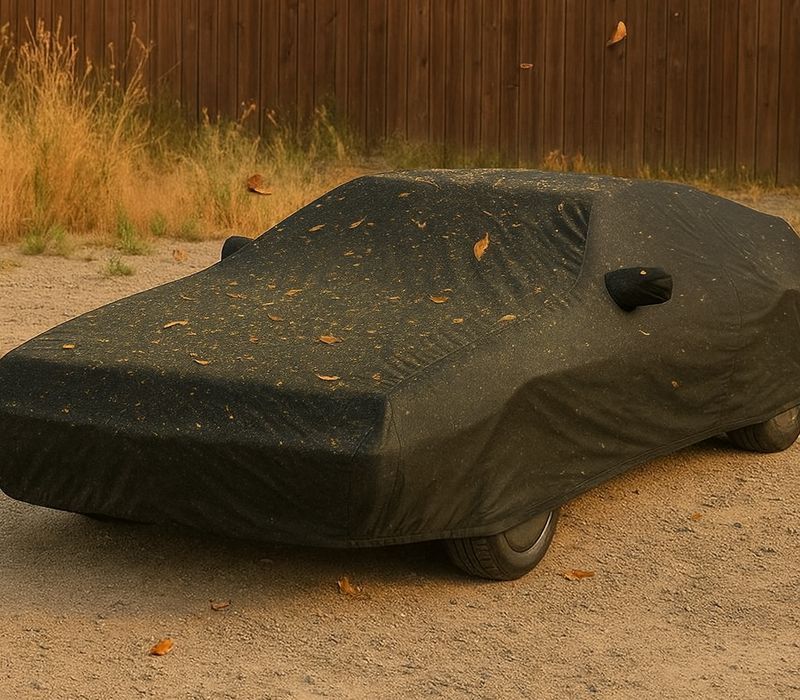
DeLorean car cover is not just a simple sheet to hide from sun and rain. In very American settings like heavy spring pollen in New England, sap dripping from pines and oaks in Georgia or Texas, or dense city lots full of sparrows and pigeons in New York, Chicago, and Los Angeles, parking outdoors means daily encounters with pollen, tree sap, and bird droppings. These tiny marks may look harmless, but once they bake in the sun they stick, print patterns, and if handled the wrong way they create hairline scratches and faint halos that are hard to ignore, especially visible on the DeLorean’s signature brushed stainless steel hairline finish. This article dives into that pain, explains why DeLorean is more sensitive than many cars, the small bit of science behind the three culprits, how to choose and use the right car cover, step-by-step scratch-free cleanups, and the safe habits that keep your car in character every time you lift the cover.
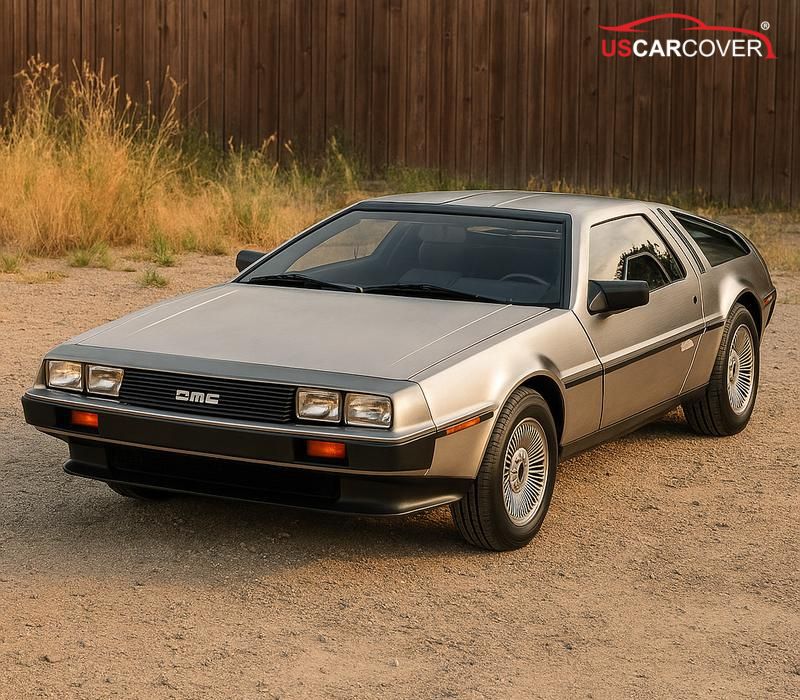
Related Articles: How to Protect Datsun from Harsh Sun and UV: keep paint and interior looking new
The pain of outdoor parking: why pollen, sap, and droppings become a DeLorean nightmare
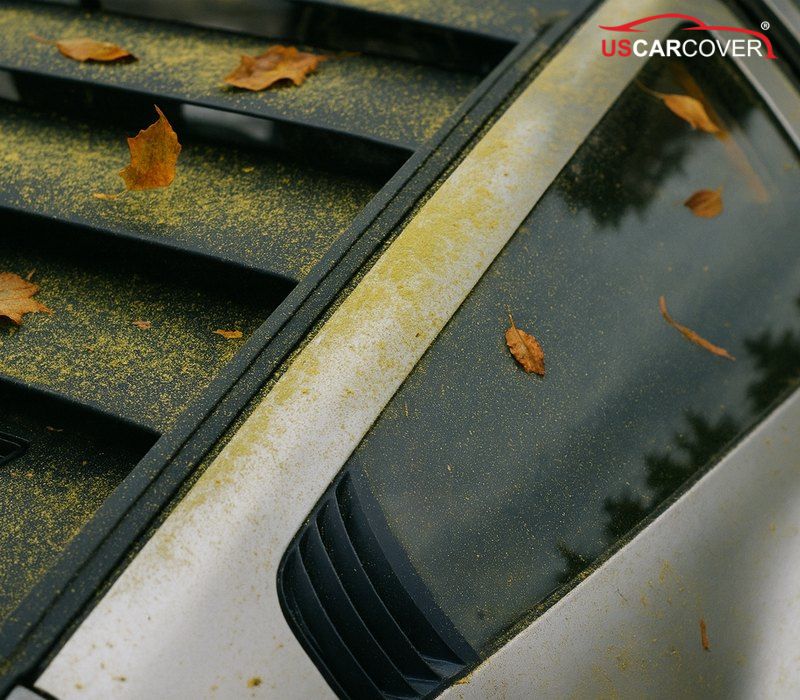
A truthful scene helps everyone relate. Picture an April morning in Massachusetts: a pale yellow film blankets the roof and glass. That is pine, oak, and birch pollen riding the breeze. Or a June afternoon in Atlanta, a few clear drops of tree sap land on the hood, warm up in the sun, then thicken like glue. Or a Friday night at the curb in Manhattan, and by morning there are “signatures” from city birds on the louvered engine cover. Each one seems minor, nothing urgent. But as the sun angles down, pollen gets stickier, sap hardens like resin, and droppings concentrate acids. If your reflex is to grab a dry towel and swipe it clean, you will almost certainly leave behind a faint halo or tiny swirl marks.
The real issue is that most damage comes from rushed, dry handling. Pollen mixed with fine dust turns into ultra-fine sandpaper. The hotter the sap, the tighter it bonds, and prying it up drags across the grain. Bird droppings baked in the sun concentrate and start reacting with the surface. All of this happens quietly, compounding day after day. The smart strategy is to keep them off the surface in the first place with a suitable DeLorean cover. If something does stick, follow a soften-then-lift sequence, never dry rubbing.
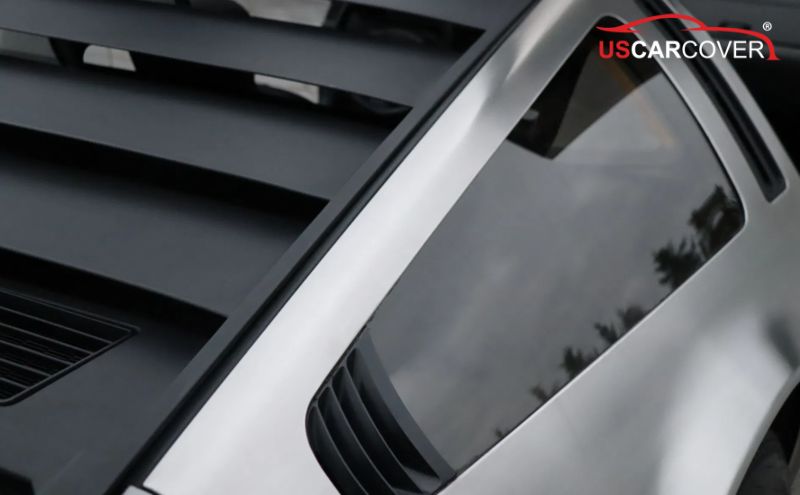
Related Articles: Daimler car cover: Long-term storage, quick drying, no musty odor, no veneer stains
Why DeLorean is more sensitive: hairline stainless, gull-wing doors, and “tell-tale” details
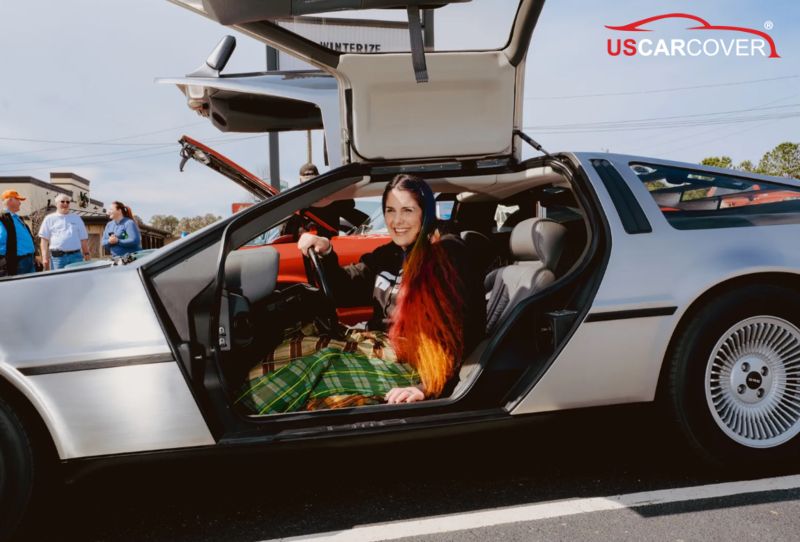
Before solutions, understand why DeLorean shows mistakes so clearly. The body’s brushed stainless steel with hairline grain is the design signature. Its beauty comes from flat planes, cool gray tone, and even grain lines. That same hairline surface makes every wrong move stand out more than on conventional glossy paint. A faint halo from dry wiping pollen, a cross-grain mark from prying sap, or a light stain from droppings left under sun can all be seen in natural light.
The layout also creates natural catch points for organic mess: gull-wing door seals, the rear louver, broad glass edges, black plastics, and rubber trims. These areas trap pollen more than you expect and hold residues after wind-blown drizzle or overnight dew. Stainless resists corrosion very well, but it is not immune to superficial staining when salts and mild organic acids sit in place. That is why DeLorean needs a prevention-first approach that reduces contact, friction, and hot spots.
Related Articles: Citroen Car Cover: Cooling the car, protecting the interior, keeping the cabin cooler when parked outdoors
The small science behind pollen, tree sap, and bird droppings: understand to act correctly
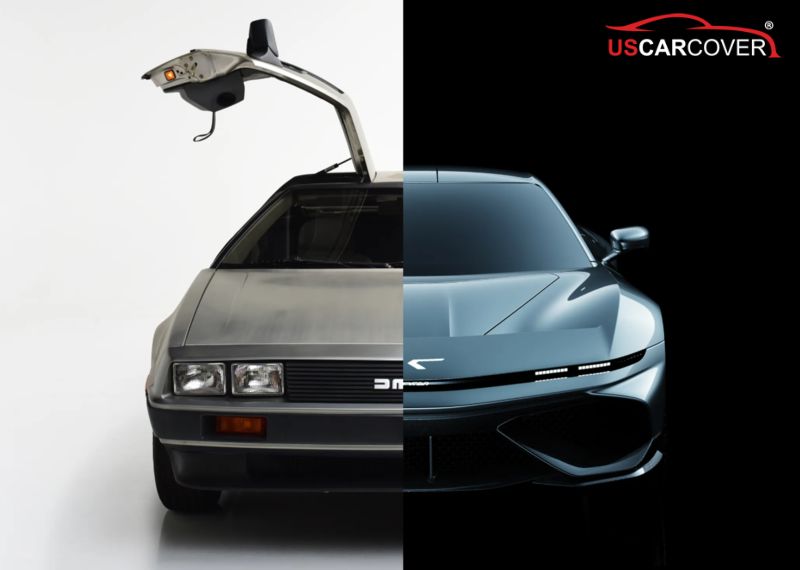
A little mechanism helps you “see” what is happening as you work:
- Pollen is a tiny particle wrapped in natural wax. On warm panels the wax softens and grabs better. Once dry, pollen blended with fine dust becomes a micro-abrasive layer. One dry wipe can carve small circular swirls, especially if you instinctively move the towel in circles.
- Tree sap is a resin and sugar mix. In sun, resin softens and wets the surface slightly, then hardens again as it cools. Mechanical prying drags across the hairline and leaves a visible cross-grain streak.
- Bird droppings contain uric acid and salts. Under sun they concentrate and can react lightly with the surface. Left long enough, a faint watermark appears. Glass and black plastics are also sensitive in this scenario.
The direct message is simple: block contact up front, and if something sticks, soften and lift rather than dry scrubbing.
Related Articles: Chrysler car cover - Storm and wind protection: add a physical lock, stabilize form, stop ballooning that scuffs paint
A car cover is the first line of defense: why this daily solution works at the root
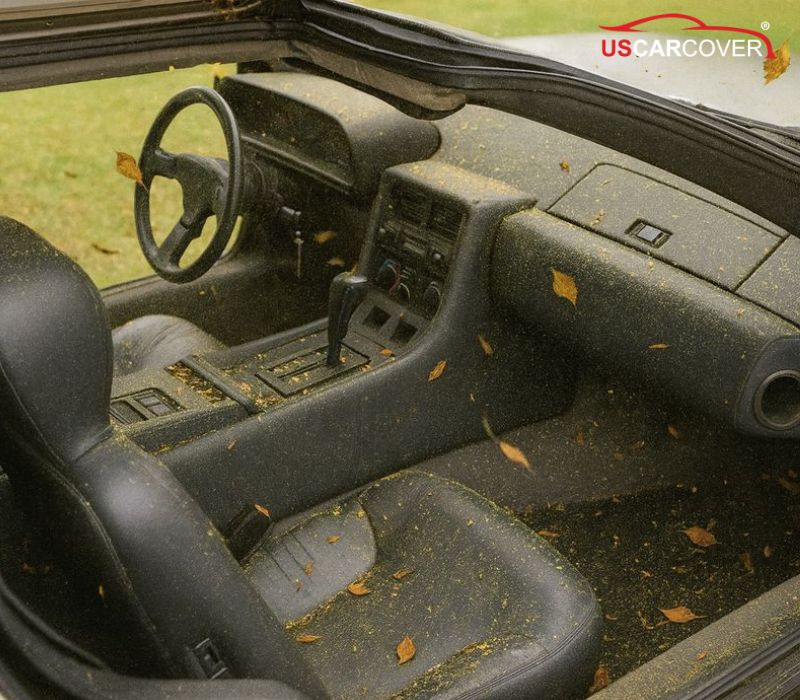
You can wash, wax, and use specialty products, but those are “after it happened” steps. The right DeLorean car cover blocks the problem at the gate. With the cover on, pollen, sap drops, and droppings land on the outer fabric instead of the hairline stainless. Every time you uncover, most of the pollen falls away under its own weight, so you are not dry sweeping across the body. Sap drops end up on the cover, not hot enough or long enough to bite down. Overnight droppings sit on fabric, and you can fold the mess to the outside or wipe the cover before storage.
The indirect but huge benefit is fewer touches on the metal itself. Fewer touches mean less friction and far fewer chances to create swirl marks. Over time, this is what preserves the DeLorean’s even surface, especially if you park outdoors during pollen season or under trees that drip.
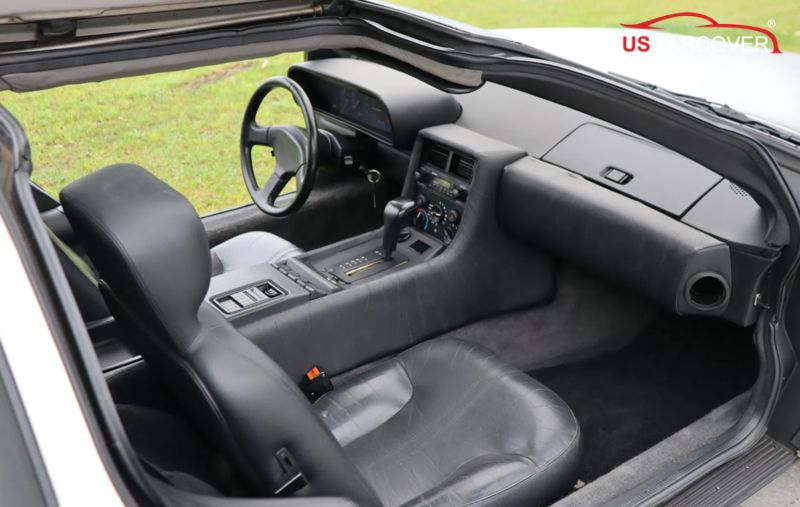
Related Articles: Chevrolet car cover - Reduce “curious touching,” reflective edging for visibility, conceal the interior at night
Choosing a DeLorean car cover to block pollen, sap, and droppings: intro and 8 essential criteria
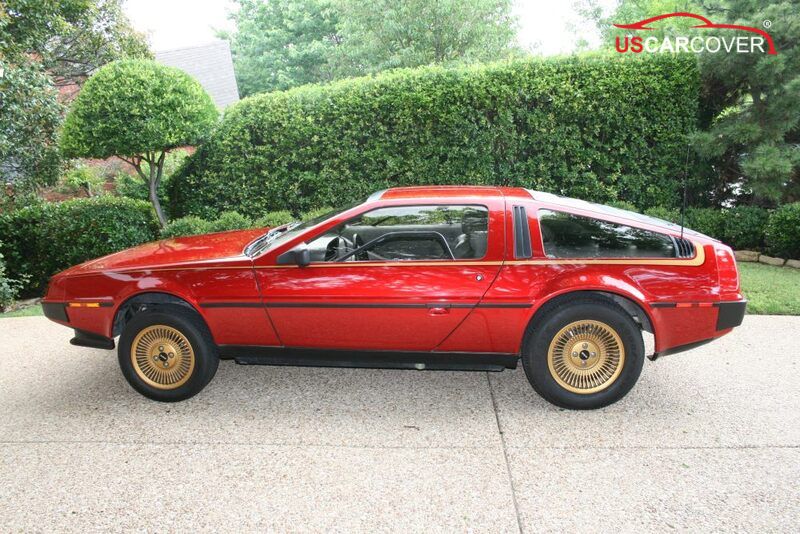
Start this section with a practical question: “Why do some owners use a cover and still get scratches and odors, while others cover daily and stay spotless” The answer is material and design. A good cover is not just thick or expensive, it must be built for organic debris and safe for hairline stainless. Check these eight criteria:
- Breathable and quick-dry: Moisture vapor must pass through so dew is not “held” against the surface. Quick drying prevents musty odors and water imprinting on stainless. In humid climates like the Pacific Northwest or Florida, this is critical.
- Low-adhesion outer face: A tighter, slightly slick weave makes pollen less likely to cling and easy to shake off. Sap sits on top, not wicking down. During New England pollen weeks, you will see the difference after a single night.
- UV resistance and heat reflection: Even if the main target is organic, UV always travels with sun. A UV-stable, light-tone outer face keeps the cabin cooler and protects black plastics, seals, and the rear louver from heat aging.
- Ultra-soft, light-colored liner: A soft liner reduces friction while covering and uncovering, especially if you do it daily. A light color helps you spot dirt so you wash on time and avoids dye transfer in hot, humid weather.
- Vehicle-specific, snug fit: DeLorean has distinctive geometry. A fitted cover reduces ballooning and avoids rubbing at hood edges, glass trims, and the louver tail. A correct form shows itself when you cover quickly, the cover stays put, and it does not flutter in a light breeze.
- Proper mirror pockets, gentle elastic hem, and soft wide straps: Three small details change the experience. Pockets in the right place, a hem that does not print, and soft straps that distribute load keep the cover durable and limit edge rub.
- Vents with rain hoods: Under trees with sunny days and dewy nights, heat builds below the fabric and needs a way out. Hooded vents let hot air escape without inviting rain in.
- Underbody cable for street parking: Adds passive security and keeps the cover from lifting in gusts. In bird-heavy downtown areas, this is money well spent because you can leave the car overnight with confidence.
Related Articles: Checker car cover: mold resistant, odor control, quick-dry material that does not trap moisture
A U.S. use-case map: real-world examples to decide faster
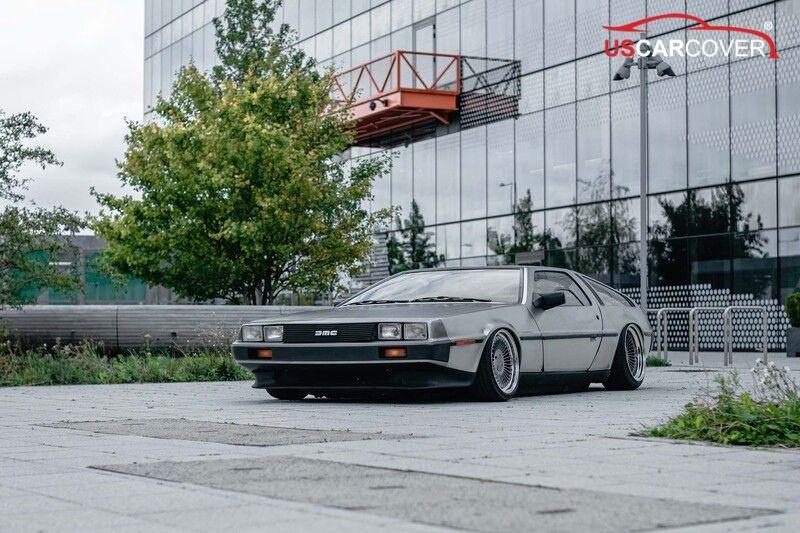
Real owner experiences vary by region. Lead with relatable context, then the recommendation:
- New England, Midwest in spring: pollen is everywhere. Prioritize a low-adhesion outer face that shakes clean easily and an ultra-soft liner for daily cover cycles without scuffing the stainless.
- Southeast and the Gulf Coast: sticky, resinous trees and high humidity. Choose quick-dry, breathable fabric, soft liner, and pre-season light protection on black plastics and seals during heavy sap weeks.
- Dense cities like NYC, Chicago, LA: droppings are routine. Go with a snug form, discreet tie-downs, an underbody cable, and subtle reflective piping so you can identify your car at night without drawing attention.
- Pacific Northwest: cool, damp, lots of dew. Breathability is the number one priority, paired with tight seams and fast-dry materials to avoid musty odors.
- Southwest hot and dry: less sap, but more fine dust and strong sun. UV resistance and heat reflection still matter so black plastics, seals, and trim do not age prematurely.
Related Articles: Cadillac car cover: protect against dust and sand, tree sap, and animals, keep scratches away
Quick, scratch-free cleanups: general principle and three concrete playbooks
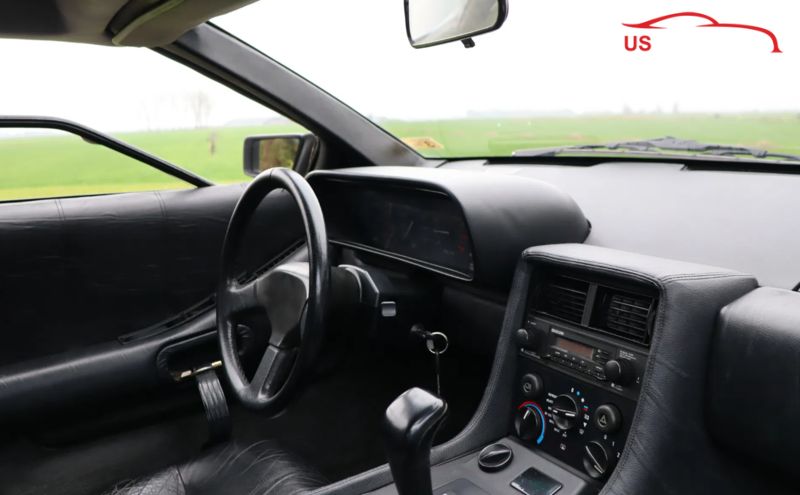
Even with a DeLorean car cover, you will occasionally spot small messes. The golden rule is soften first, lift second, no dry rubbing and no circular scrubbing. Here are three simple playbooks you can run in a parking lot;
Pollen
Treat pollen like micro-abrasive dust. Even if it looks harmless, dry wiping swirls it in:
- Mist cool clean water over the area, wait 1 to 2 minutes to relax the pollen’s grip.
- Use a clean, damp microfiber towel, set it down, press lightly, then lift in one direction. Repeat with a fresh towel.
- If a faint haze remains, do a quick wash with a mild, pH-balanced soap and cool water. Dry with a soft towel in straight lines.
- Apply a light, hairline-safe protective layer so future pollen sticks less.
Tree sap
Never pry when sap is hard. The goal is to soften and separate from the edges:
- Lay a warm, damp towel over the drop for 3 to 5 minutes.
- With a cotton swab and a surface-safe solution, dab around the perimeter to release the bond.
- Once softened, wipe away gently with a damp towel in a single direction, no circles.
- Rinse the area, dry, and refresh protection.
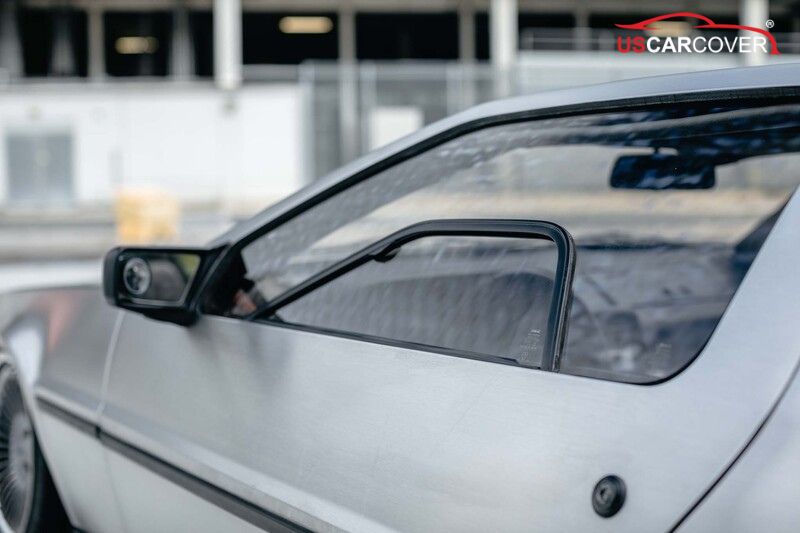
Bird droppings
Timing matters most. Do not wait until you get home:
- Mist cool water, lay a damp towel on top for 2 to 3 minutes to soften and neutralize.
- Pull the towel in one direction to lift the material. Repeat with a clean towel until gone.
- Rinse lightly and dry. If a faint halo remains, repeat the softening step. Never force it while it is still firm.
Related Articles: Buick car cover: Prevent snow and ice buildup and minimize small hail damage
Smart prevention beats costly firefighting
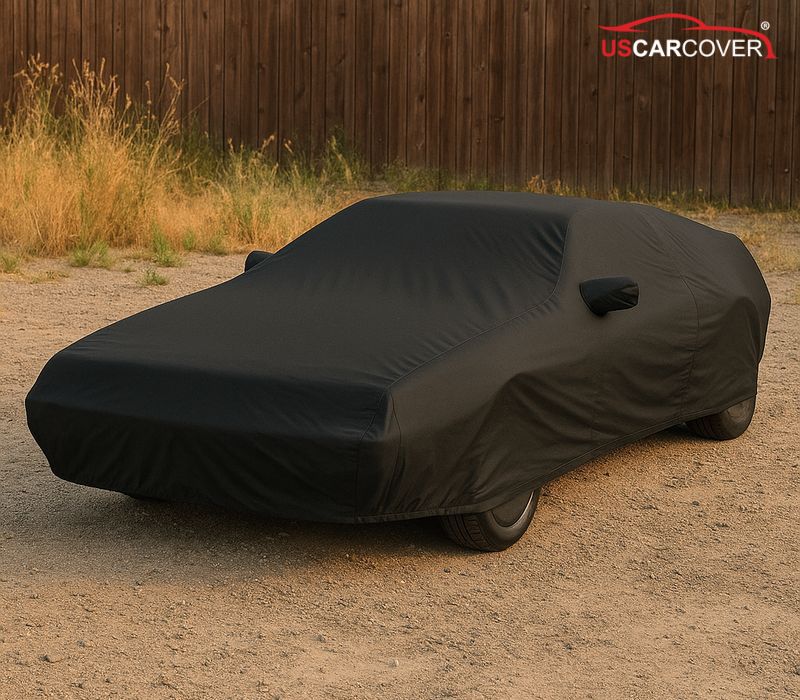
Pollen, tree sap, and bird droppings are everyday annoyances across the United States, especially through spring and summer and in leafy neighborhoods. With DeLorean, the brushed stainless hairline surface makes micro-scratches and halos more obvious. The most cost-effective plan is not buying more chemicals or polishing more often. It is blocking the cause at the start with a properly chosen DeLorean car cover that has a low-adhesion outer face, is easy to shake clean, breathable, quick-dry, UV resistant, ultra-soft lined, vehicle-specific in form, with hooded vents and soft wide straps. Pair that with a 90-second routine at each stop, and if something does land, always “soften then lift.” After a single season you will notice almost no new halos or micro-swirls, and the cabin stays fresher.
Each morning you lift the cover, your DeLorean remains cool, clean, and sharp, exactly as you want it. That is not just about looking tidy. It is how you preserve value, feeling, and the story the car carries through every leaf fall, every pollen burst, and every late afternoon of sun across America.
